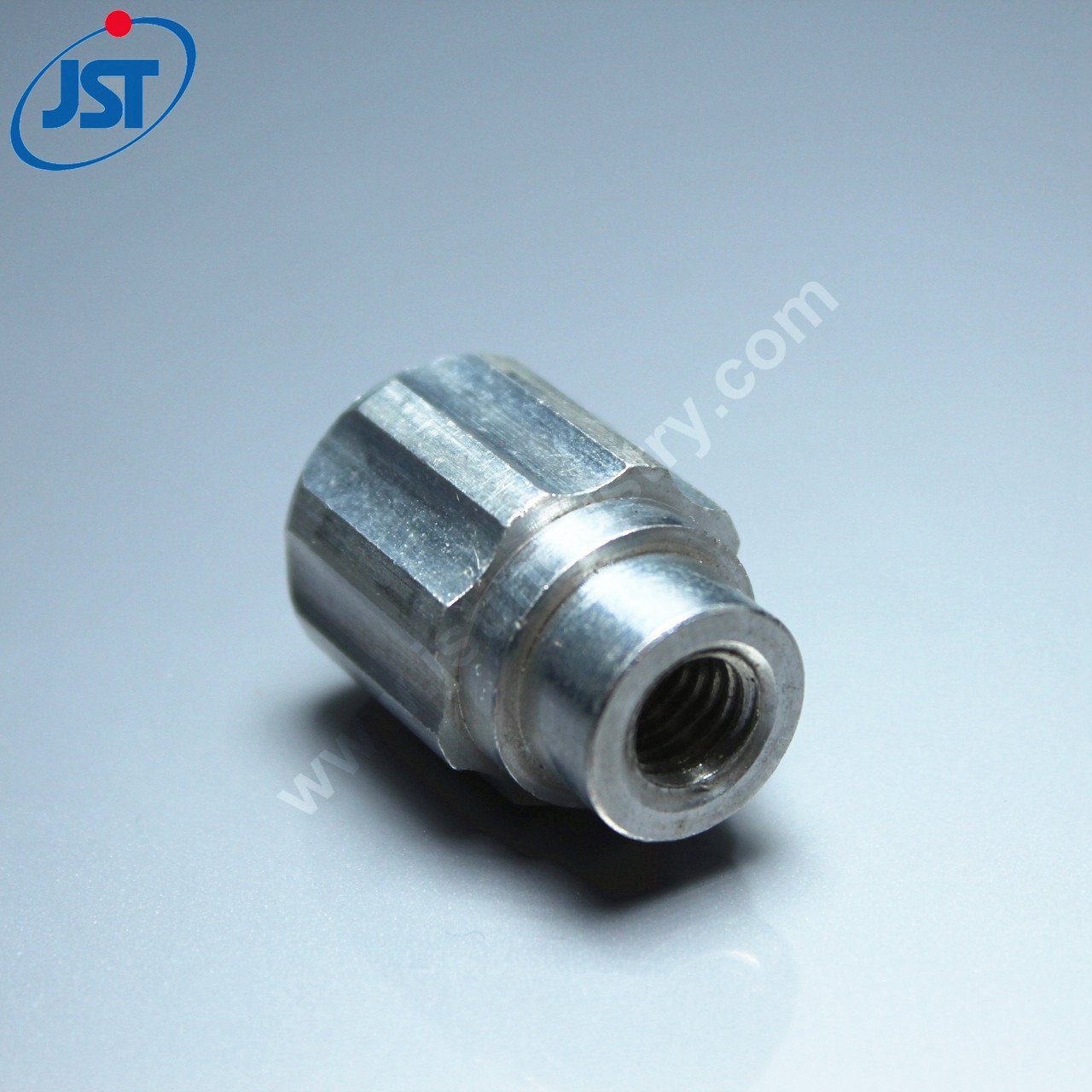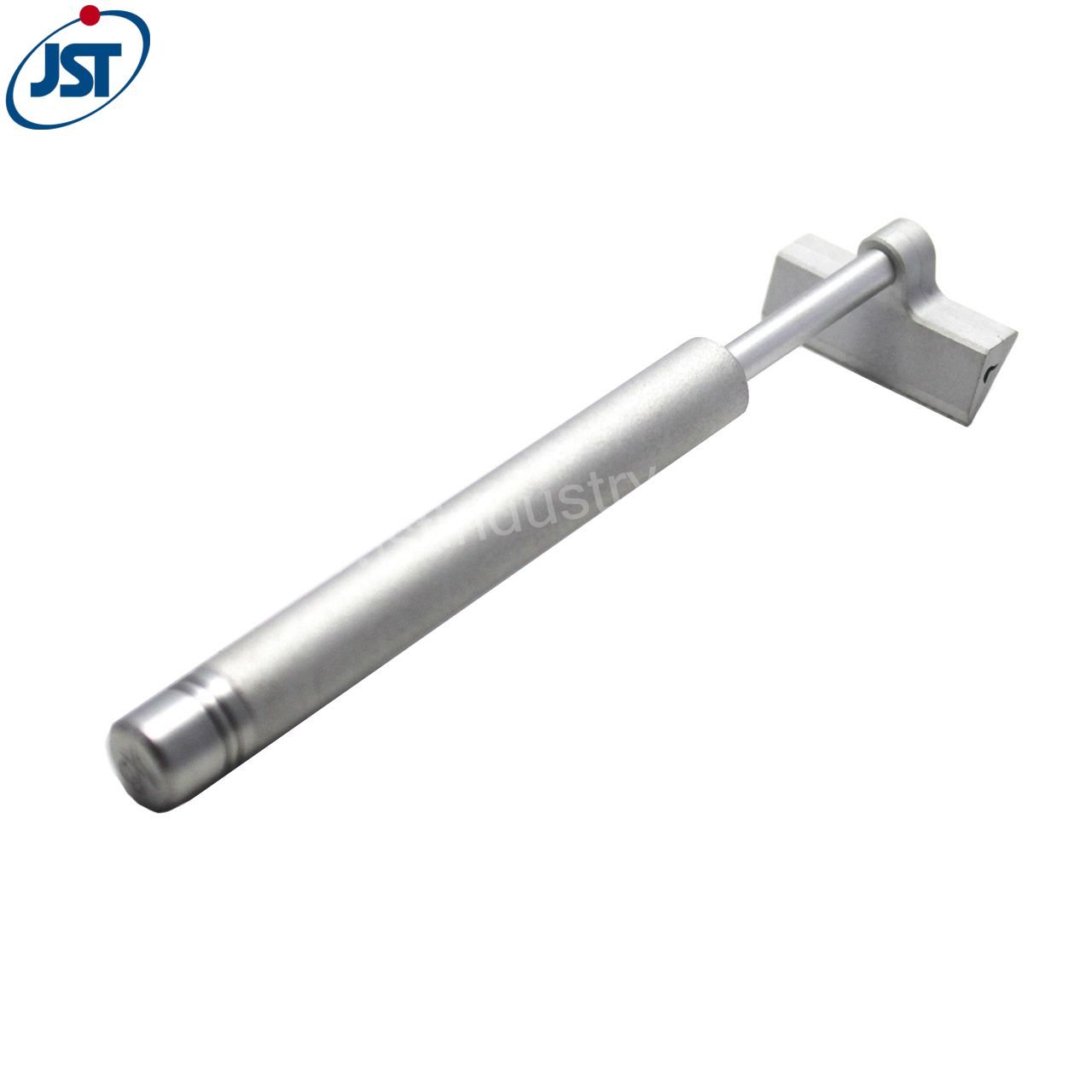Choosing the right material for a manufacturing project can feel like a high-stakes decision. Get it right, and the final product is strong, durable, and cost-effective. Get it wrong, and you’re back to the drawing board. When it comes to CNC machining, aluminum often comes up as a top contender, and for some very good reasons. Aluminum CNC Machining Parts are products that just seems to hit a sweet spot in so many applications.
Why Aluminum is a Top Choice for CNC Machining
The appeal of aluminum CNC machining really comes down to a blend of practical benefits that are hard to ignore. Aluminum CNC Machining Parts are classic win-win choices for engineers and designers looking for performance and efficiency.
Excellent Machinability: Aluminum is relatively soft and easy to cut. This quality shouldn’t be underestimated, as it means faster machining times and less wear on cutting tools, which directly translates to lower costs.
High Strength-to-Weight Ratio: The material is remarkably strong for how light it is. This makes it a go-to for industries like aerospace and automotive where shedding weight without sacrificing durability is a constant goal.
Natural Corrosion Resistance: Aluminum naturally forms a protective oxide layer on its surface, which prevents rust and corrosion in many environments, ensuring the longevity of the part.
Great Thermal Conductivity: Aluminum is very effective at dissipating heat, which is why it’s a primary choice for manufacturing heat sinks, electronic housings, and engine parts that need to stay cool.
Recyclability: As a highly recyclable material, choosing aluminum is also an environmentally conscious decision, allowing for sustainable manufacturing practices without compromising on quality.

Not All Aluminum Is Created Equal: Picking Your Alloy
Diving a bit deeper, it becomes clear that “aluminum” is a broad term. The specific alloy you choose can dramatically change the performance of your part. It’s a bit like choosing between different types of wood for a piece of furniture; each Aluminum CNC Machining Part has its own character and best use case.
6061-T6 (The Workhorse): This is the most common and versatile alloy. It offers a fantastic, well-rounded mix of strength, weldability, and corrosion resistance, making it the default choice for a huge range of applications.
7075-T6 (The Powerhouse): When a design calls for strength comparable to steel, this is the alloy to look at. Its excellent strength-to-weight ratio makes it indispensable for high-stress aerospace and military components.
5052-H32 (The Survivor): Known for its superior corrosion resistance, especially in marine environments, this alloy also has great formability, making it perfect for sheet metal parts exposed to harsh conditions.
2024-T3 (The Fatigue Fighter): This alloy offers good strength and excellent fatigue resistance. It’s often used for structural components on aircraft that undergo repeated stress cycles, like fuselages and wings.
| Alloy Grade | Key Characteristic | Best For… |
| 6061-T6 | Versatility and Balance | General-purpose parts, structural components |
| 7075-T6 | Maximum Strength | High-stress applications, aerospace parts |
| 5052-H32 | Corrosion Resistance | Marine hardware, fuel tanks |
| 2024-T3 | Fatigue Resistance | Aircraft structures, parts under cyclical stress |

Smart CNC Design Goes a Long Way
A great material can be let down by a poor design. When planning for aluminum CNC machining, thinking about the manufacturing process from the start—something often called Design for Manufacturability (DFM)—can save a lot of headaches and money.
Avoid Sharp Internal Corners: These are difficult and time-consuming to machine. Simply designing in a gentle, rounded fillet makes the whole process smoother and more efficient.
Maintain Proper Wall Thickness: Pushing for walls that are too thin can lead to chatter or warping during the machining process. It’s a balancing act between weight reduction and structural integrity.
Consider Tool Access: Design parts so that cutting tools can easily reach all the necessary surfaces. Deep, narrow pockets or obstructed features require specialized, longer tooling, which increases machining time and cost.
Specify Tolerances Wisely: Only apply tight tolerances where they are absolutely critical for the part’s function. Over-tolerancing adds unnecessary cost and complexity.

The Final Touch: Considering Surface Finishing
The journey of a machined part doesn’t always end when it comes off the CNC mill. Often, a surface finishing step is needed to enhance properties of those Aluminum CNC Machining Parts.
Anodizing: Anodizing, a popular electrochemical process used in producing Anodized CNC Machining Aluminum Parts, creates a hard, durable layer that boosts corrosion and wear resistance. It’s also a great way to add a wide range of vibrant, lasting colors.
Bead Blasting: This process creates a uniform matte or satin texture. It’s great for achieving a premium look and feel while hiding minor tool marks from the machining process.
Powder Coating: For maximum durability and a thick, protective layer of color, powder coating provides superior impact resistance and is an excellent choice for parts exposed to the elements.
Chem Film (Chromate Conversion): This is a chemical coating that provides excellent corrosion resistance and acts as a great primer for paint. It also maintains the electrical conductivity of the part, unlike anodizing.
Conclusion
In conclusion, selecting the right Aluminum CNC Machining Part is a process of making several informed decisions, not just one. It begins with choosing the perfect alloy for the job, whether that’s the versatile 6061 or the high-strength 7075. Success is then built upon a foundation of smart Design for Manufacturability (DFM), where thoughtful planning prevents costly errors down the line. Finally, the right surface finish provides the necessary protection and aesthetic. By considering each of these elements—material, design, and finish—you ensure the final Aluminum CNC Machining Parts is optimized for performance, cost, and longevity, guaranteeing a successful outcome for your project.

